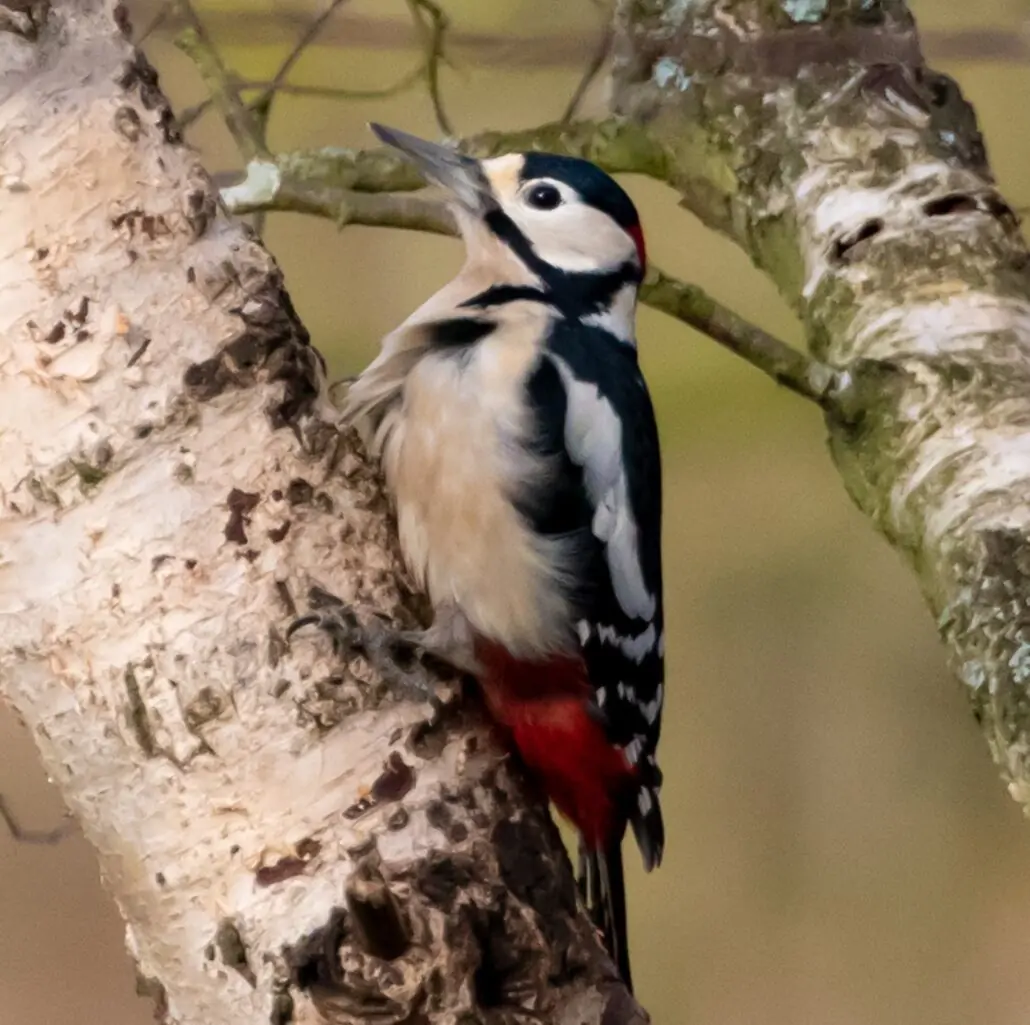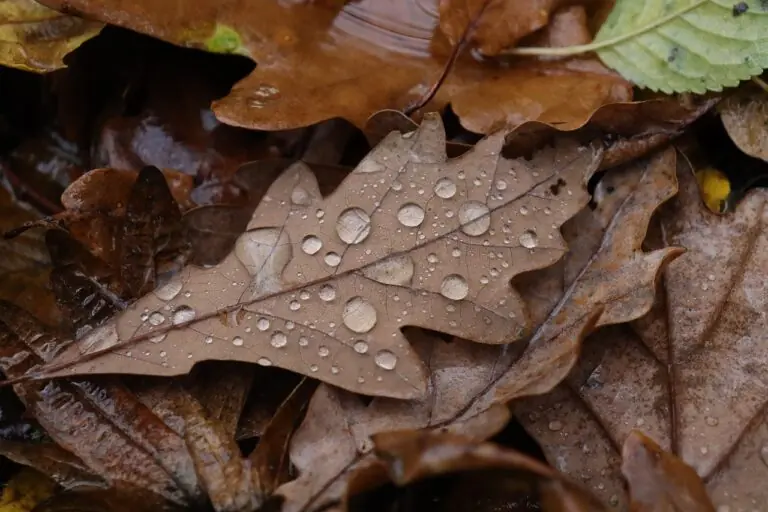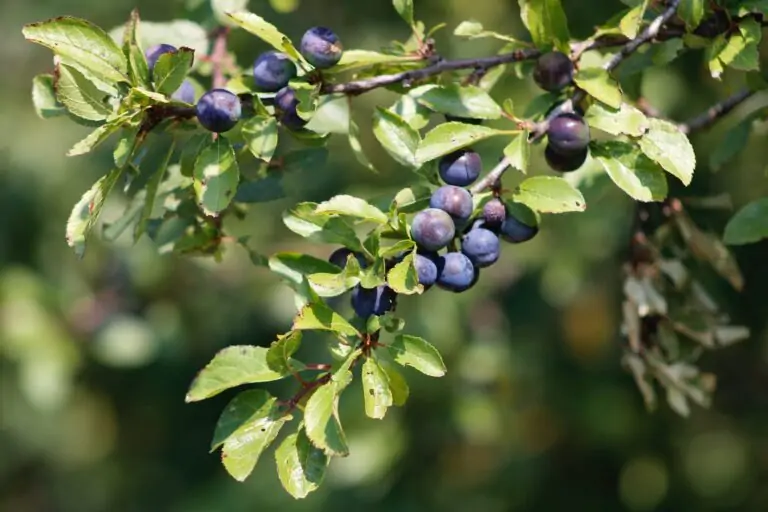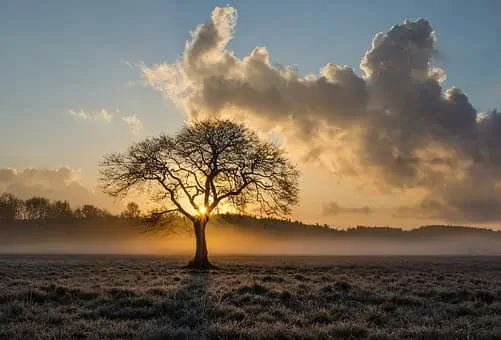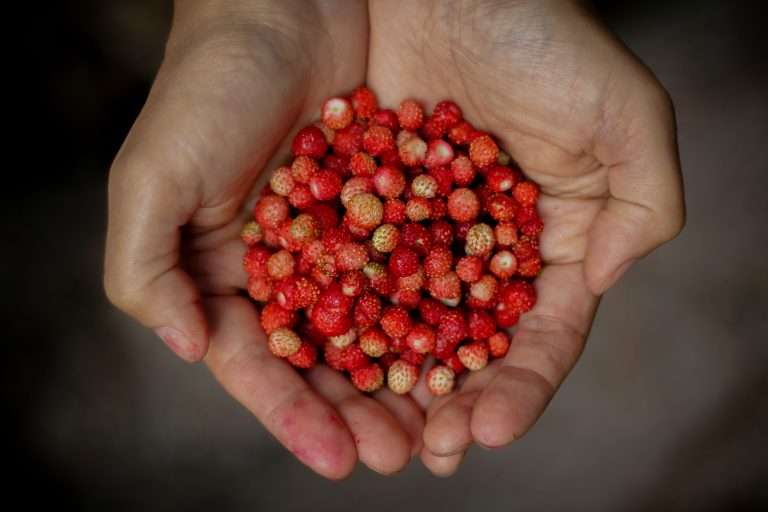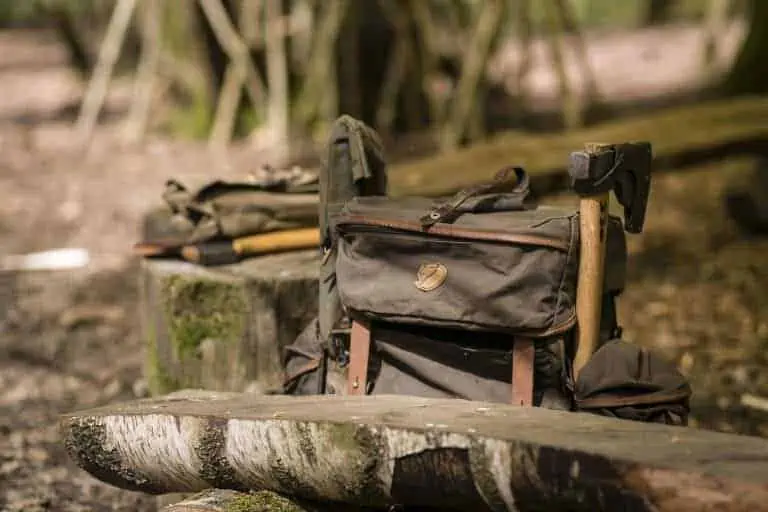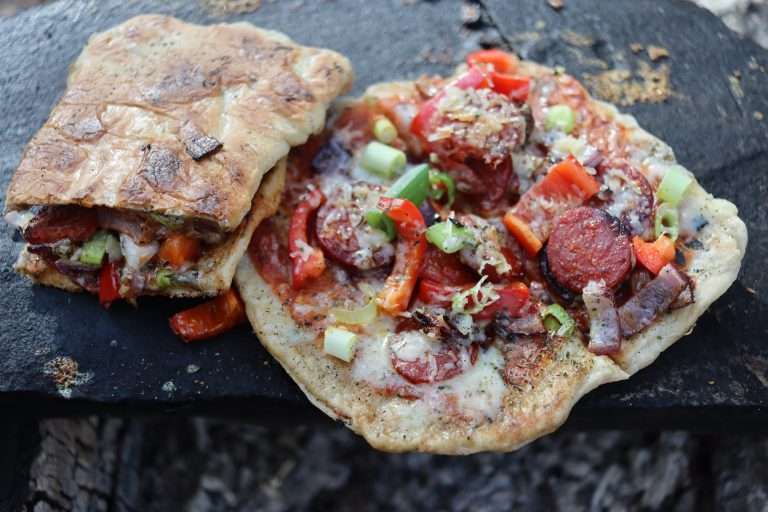Silver Birch
The distinctive Silver Birch (Betula pendula) is not only a beautiful sight amongst the woodland, heath and plantations, but it has some fantastic bushcraft uses too.
Its distinctive white/silver bark that gives it its name, and makes it easy to identify, is a common sight as far North as Lapland and far South as Spain.
Reaching up to 15m at maturity, the silver birch can be found growing in groups amongst woodland, or thriving as individuals out in the open heathland and parks.

The leaves that are light green in colour during the summer, triangular in shape with toothed edges provide a light canopy. Then as autumn arrives the leaves transform in to a beautiful yellow, distinctive at that time of year amongst the dulling landscapes. The yellow leaves are some of the last to fall amongst other deciduous trees so still highlight the autumnal colour as winter arrives. Once the leaves have fallen the dark coloured twigs are left bare exposed for the winter season.
Silver Birch are a monoecious species, meaning that both male and female flowering parts are found on the same tree. The flowers, that are known as catkins, for both male and female parts, emerge from late April into May.
The male catkins are distinctive and easy to identify. They are long, dangly and are dark yellow in colour hanging at the end of shoots in clusters of 2-3. Female catkins are a little harder to spot, being smaller, they are a vivid green and rigid in structure.
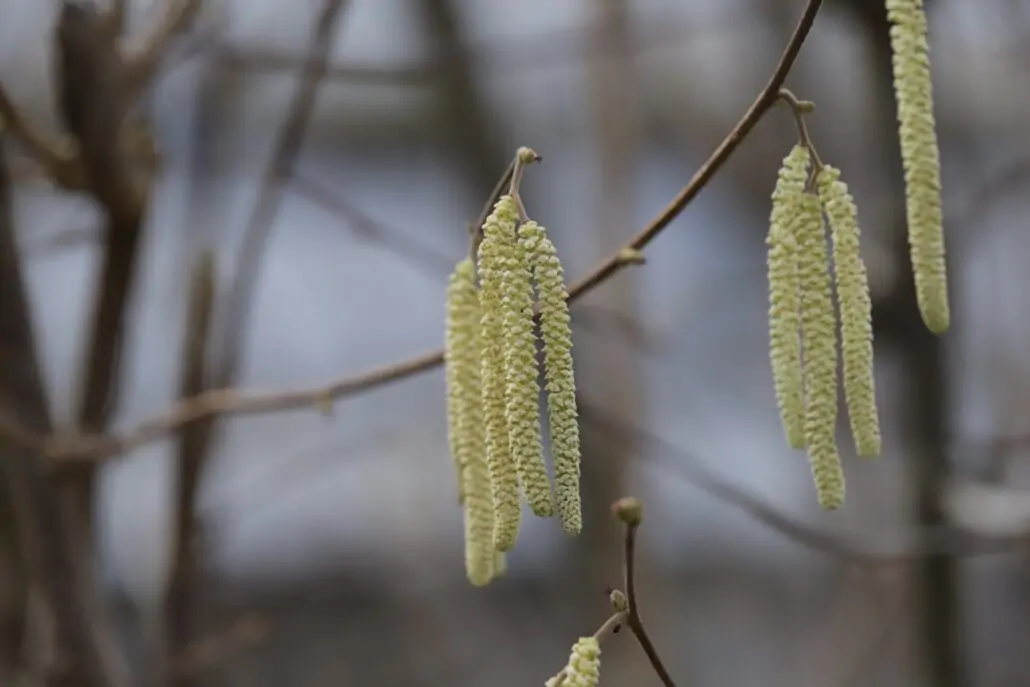
Female catkins are pollinated by the wind and then develop into a deep crimson coloured flower, becoming thicker and more dense in structure. These then develop in to the tree’s “fruit” which have tiny seeds on the outside that are dispersed by the wind.
The presence of the Silver Birch growing amongst other species of trees can be of great benefit to those around them. This species of tree has roots that are wider spread than many other deciduous species of tree so are able to draw in greater levels of nutrients from a wider spread area.
Uses
Silver Birch is tolerant of many temperatures, and the colder the temperature the thicker the bark grows to protect the tree against the elements. This thicker bark is found further north, and is often harvested for making birch bark containers, for weaving and traditionally for canoe making materials.
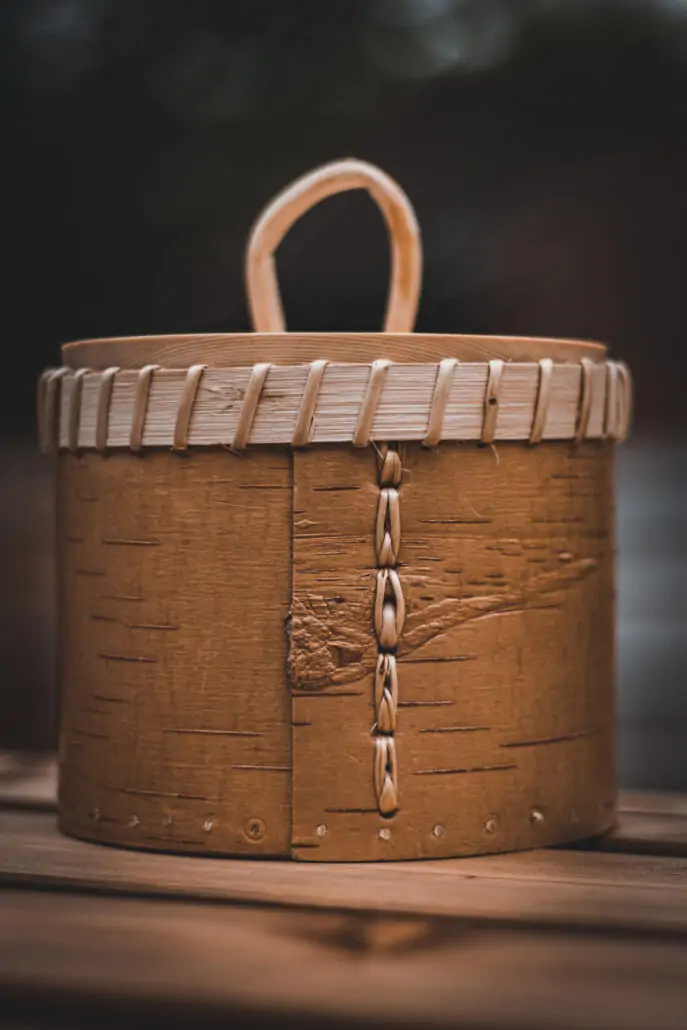
The wood of the Silver Birch is often used for furniture in Northern Europe where the trees are bigger and more dense in structure.
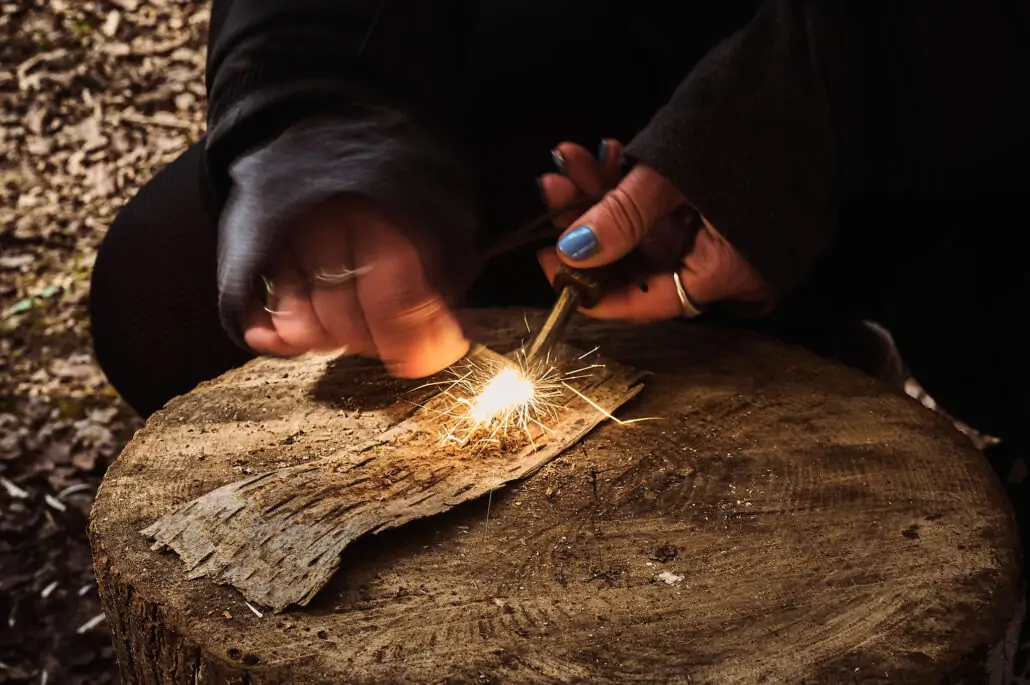
From a bushcraft point of view the Silver birch has many uses. The bark, due to its high oil content, is great for catching a spark and getting the fire lit. Once lit, birch wood burns well and gives off plenty of heat, though it does burn quickly compared to other wood types.
Silver Birch wood is also great for carving, producing lovely hard wearing creations with a beautiful grain and great density to work with.
As mentioned, the bark has a high oil content, this creates a waterproof property in the bark, making it perfect for producing bark containers that can be used for food storage, and if made correctly, for transporting water too.
The inner bark, known as the cambium layer, can be crushed and dried to become edible. This can then be used as a type of flour or used to add flavour as a spice. In this form the inner bark is commonly made into tea by adding 1-2 spoonfuls to a mug then pouring in boiling water, leave to steep and drink as it is, or some prefer to pour through a muslin cloth to remove the gritty texture. An alternative birch bark tea can be made by boiling up twigs and leaving them to steep for 20 mins before draining. This tea takes its flavour from the young bark on the outside of the twigs so gives a fresher lighter flavour compared to tea made from the earthy cambium layer.
Young Silver Birch leaves can be eaten raw or cooked in a variety of dishes, though they are bitter in flavour they have great nutritional value. The leaves can be dried and added to dishes for flavour or nutrients, or steeped in water to make a refreshing tea.
Birch sap is also another edible component of the Silver Birch. The sap is harvested, or “tapped” in early spring as the nutrient rich sap rises to nourish the younger branches and fortify the tree for its spring growth. Tapping sap is something to be done carefully, and under expert supervision with upmost consideration to the tree. The sap is highly nutritious to both us as well as the tree so only take a little and be extremely careful not to permanently damage the tree.
As with all foraging, be 100% sure of your plant ID and always forage responsibly and sustainably. We need to take care of the ecosystems around us, by taking too much of the one plant, or too much from one patch you can disrupt habitats and growth structure which can disrupt the balance in nature. By taking too much we leave wildlife low on their valuable nutrition, leaving them vulnerable for our own gain. So unless you are in a truly survival situation, be sure to consider the wildlife and plant life around you. Let’s work with nature, rather than against it.
